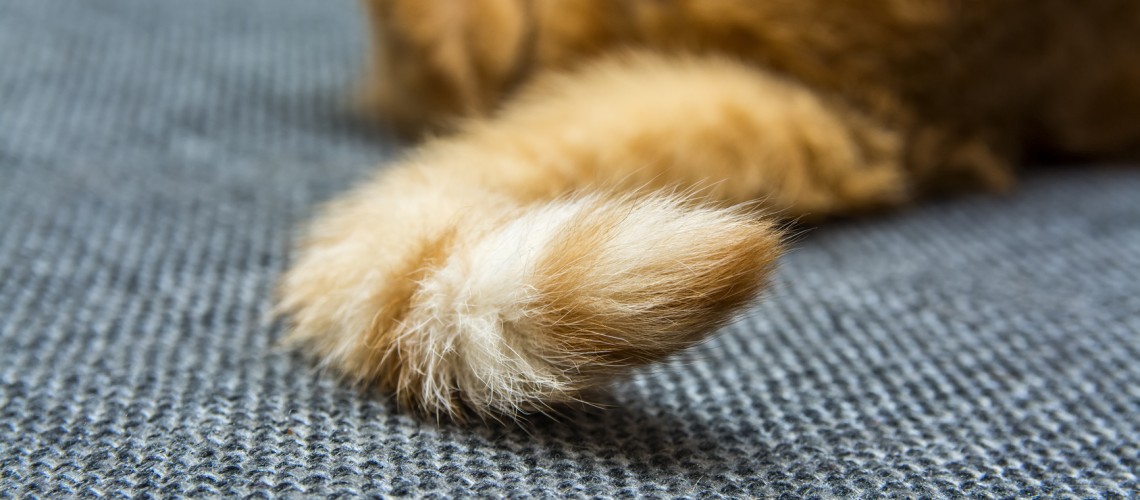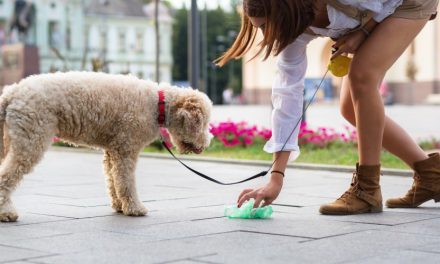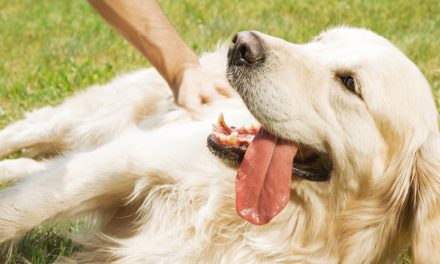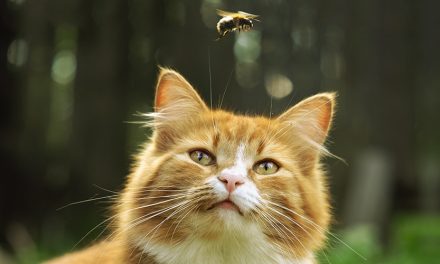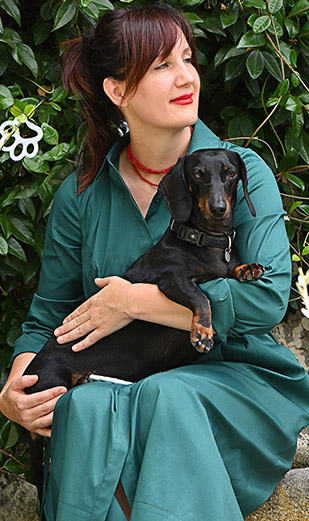Our animals communicate not only with voice, bark, yip, growl, meow, puffs, purr, but also with ears and tails. How do they do? By moving them according to their mood.
Ears to communicate
Only in dog races like Coker Spaniel, the “gestures” is difficult for the volume and heaviness of ears. For all the other races (and obviously also in cats) they are real indicators of mood.
An attentive animal who doesn’t fear anything will have straight ears positioned to listen. One that is scared or alerted will keep them next to the head and positioned backwards. A submitted animal will keep it attached but towards the bottom.
A more complex talk concerns the tail, which will take diametrically different positions in the two domestic species: dog and cat.
The movement of tail in the dog.
In dog the tail moving, addressed to the owner, a familiar person or a friend dog, will be always to be considered as a positive and welcoming signal. A quiet dog at ease in its space, compatibly to the structure and in base of race, will keep the tail as a flag.
However, if the animal is scared and is submitted according to the hierarchy of the pride, he will keep the tail under himself until the belly, by hiding it completely. The moods of aggressiveness or rage will see the tail in another position: parallel to soil, rigid and with a small movement of the end only.
The movement of the tail in the cat.
You may think that the cat moves the tail in the same way. Wrong ( at least for the most part of attitudes)!
Even in the felines, the tail at flag is a sign of calm, wellness and perfect integration in the group. On the contrary, a tail beaten nervously will be always a signal of danger for us or rivals: it indicates nervousness and few tolerance, sometimes this attitude is shown during our cuddles and caresses. If you see that your cat beats the tail nervously while you caress him, it is better to leave him in peace. We need to respect this signal, because he could bite or scratch.
If the cat is scared, the tail will be under the body and during an aggression it will be rigid and swollen.
The EU laws to protect animals.
As we have seen, ears and tails are indispensable for the communication of dogs and cats. Just for all the above reasons the FNOVI and the ENCI have signed a declaration with the aim to reinforce the appliance and the respect of the EU laws and the National one of the guide line for the appliance of art. 10 of EU Convention for the animal protection relating to the cut of:
- tail
- ears
- vocal cordes
- removal of nails and teeth.
The EU Convention has been valid since 01.11.11. The above mentioned procedures relate to point 1 and 2 and will be changeable only by the Veterinary in case of sanitary need ( pathologies) and he will answer legally, criminally and professionally of such procedure if they are not considered suitable.
All pet can therefore keep their ears and tails long!

